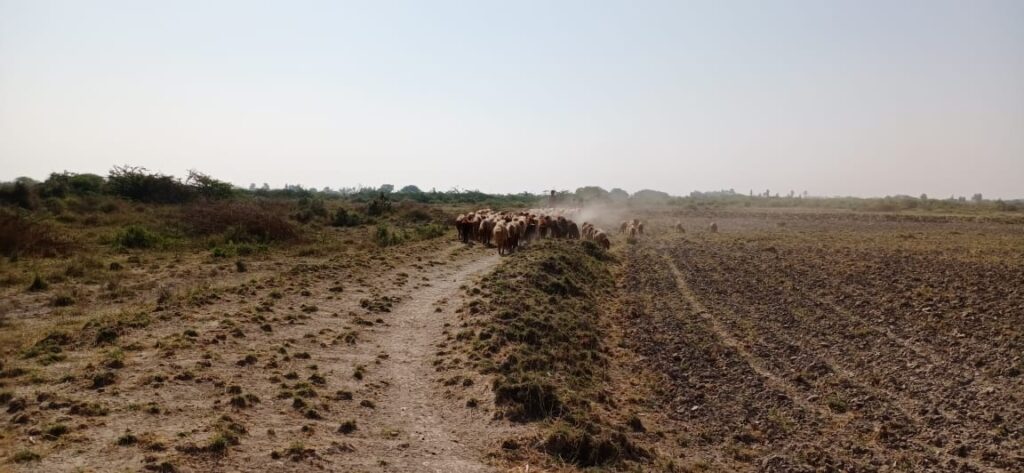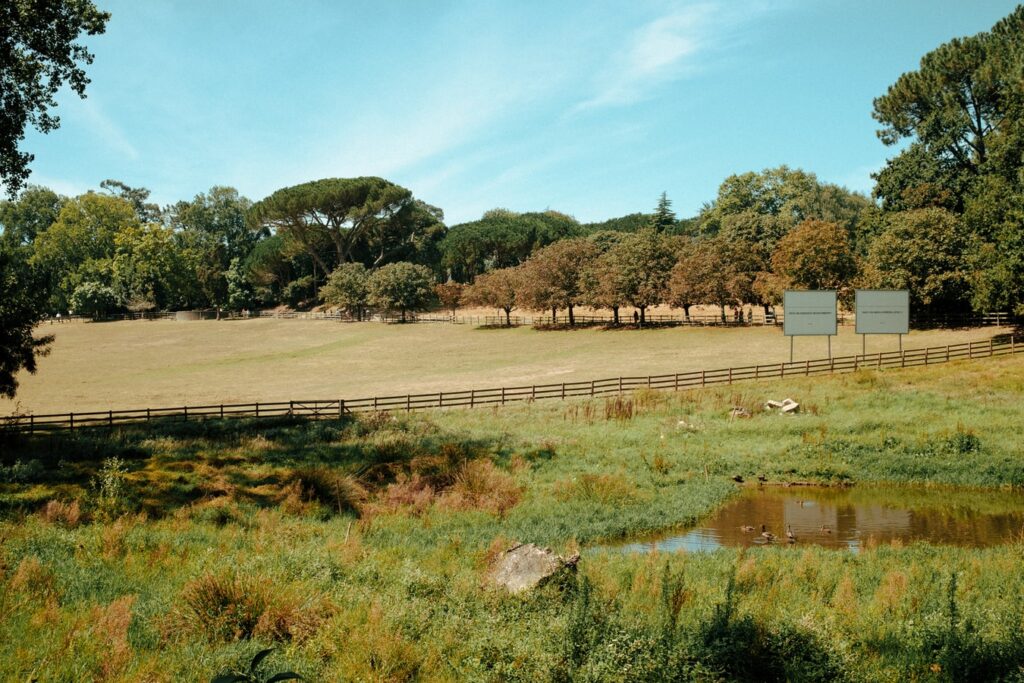Conservation Agriculture (CA) is defined as a sustainable agricultural production system that includes a set of agricultural practices adapted to the crop requirements and local conditions of each region, whose cultivation techniques and soil management protect the soil erosion and improve its quality, and contribute to the preservation of natural resources by optimizing yields.

Conservation agriculture (CA) is mainly known as “an agricultural system that promotes the maintenance of permanent plant cover, minimal soil disturbance and the diversification of plant species. It improves biodiversity and natural biological processes above and below the soil surface, which contributes to greater efficiency in the use of water and nutrients and to improved and sustained agricultural production ”. The IPCC Special Report “Climate Change and Land” includes conservation agriculture among the incremental adaptation options to address climate risks. The basic principles of conservation agriculture (minimal soil disturbance, crop diversification, and permanent soil cover) helps in protecting the environment and reduce both the impacts of climate change on agricultural systems (adaptation) and the contribution of agricultural practices to greenhouse gases. (GHG) (mitigation) through sustainable land management. These principles, described in more detail below, help protect soils from erosion and degradation, improve soil quality and biodiversity, conserve natural resources, and increase their efficiency in use while optimizing crop yields.
In more detail, ‘minimal soil disturbance’ is characterized by reduced tillage practices (such as plowing, raking, and all tillage operations normally applied to prepare the soil for seed germination, seedling establishment, and growth). and crop production) by direct seeding and/or direct placement of fertilizers. It helps to improve soil properties, to preserve and increase soil organic matter, and thus to reduce soil erosion. In addition, zero tillage and minimum tillage reduce the energy consumption of agricultural machinery, improve soil drainage, improve the food supply of insects, birds, and small mammals due to the increased availability of residues. of crops and weed seeds. on the ground. In fact, minimal soil disturbance provides a number of ecosystem services, including water regulation, carbon storage, soil stability, protection of surface soils from erosion, increased water infiltration, increased soil fertility through higher nitrogen reserves (long term), improved soil, water, and air quality, reduced soil erosion and fuel use. All of these are of the utmost importance in reducing the vulnerability of agricultural systems and increasing their capacity to adapt to climate change, also contributing to mitigation goals.

“Crop diversification” is the practice of cultivating more than one species in a given agricultural area, in the form of crop rotation and/or a combination. Diversification of crop species increases the adaptability of agricultural systems to climate change by improving soil fertility and structure, soil water holding capacity, and water and nutrient distribution across the soil profile, helping to prevent pests and diseases and increase yield stability. In fact, diverse cultivation systems are more stable and resilient than monoculture systems. Crop diversification provides a range of ecosystem services, helps improve crop productivity and the resilience of farming systems, and reduces greenhouse gas emissions from farming activities.
‘Permanent organic soil cover’ with crop residues and/or cover crops (eg legumes, grains, or other crops planted among major crops, primarily for the benefit of soil rather than crop yield) allows adaptation to climate change by reducing soil erosion. and degradation which can be exacerbated by the impact of extreme weather events (eg, extreme rains, droughts, and periods of soil saturation, extreme heat, high winds) and improve the stability of the conservation agriculture system. In fact, cover crops improve soil properties (fertility and quality), help manage soil erosion, conserve soil moisture, prevent soil compaction, contain pests and diseases, and increase biodiversity. in the agroecosystem.
